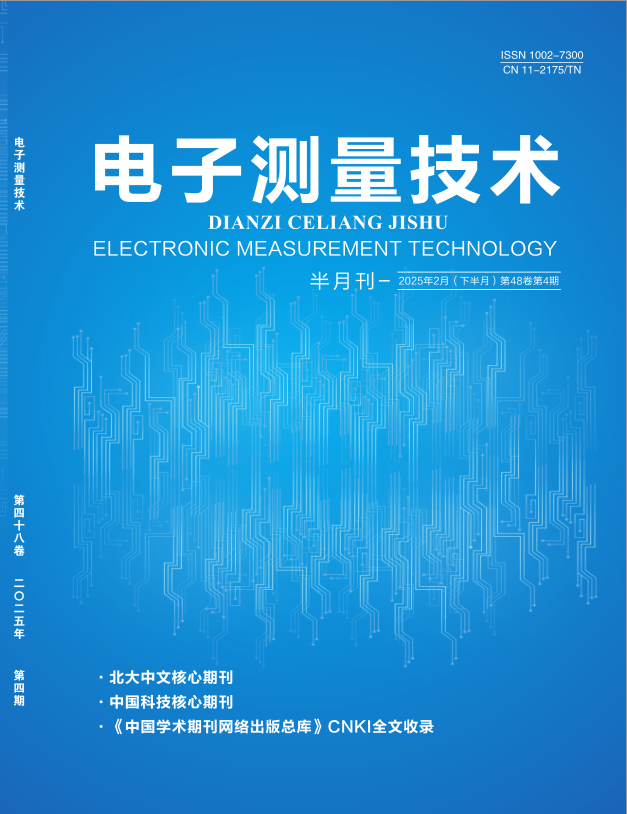2023, 46(13):118-123.
Abstract:In order to better judge the corrosion degree of metal corrosion images, in view of the problems of low brightness, low contrast and blurred details in corrosion images, an improved corrosion image enhancement method based on homomorphic filtering and multiscale fusion is proposed. First, the original corroded image is divided into the base image and the detail image by guided filtering and then weighted and fused to obtain the detail contrastenhanced image. Secondly, the original eroded image is converted into HSV color space, and only the luminance component is subjected to the improved single-parameter block homomorphic filtering to obtain a luminance-enhanced image, which can reduce the homomorphic filtering parameters and improve the phenomenon of excessive brightness enhancement of homomorphic filtering. Finally, using three weights of Laplacian contrast, saliency and saturation to perform multi-scale fusion on the two images with dominant features after processing to obtain the final enhanced image. The experimental results show that the information entropy, mean, average gradient and standard deviation of the algorithm in this paper are improved by 7.4%, 9.8%, 43.34% and 29.8% respectively compared with the original image. Among them, the average value of information entropy, average gradient and standard deviation are better than the other three algorithms. The algorithm in this paper can effectively improve the overall brightness of the corroded image, improve the contrast of dark details, and improve the image quality.
